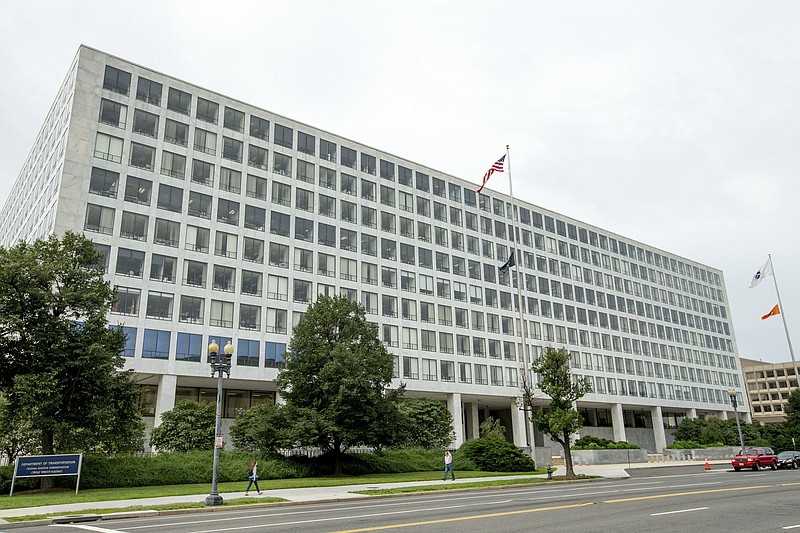For more than six decades, the Federal Aviation Administration has relied on employees of airplane manufacturers to do government-required safety inspections as planes are being designed or assembled.
But critics said the system, dubbed the “designee program,” is too cozy as company employees do work for an agency charged with keeping the skies safe while being paid by an industry that the FAA is regulating.
“There is a potential conflict of interest,” said Todd Curtis, a former Boeing Co. safety engineer and creator of airsafe.com, a website that focuses on airline safety. “They (the FAA) don’t have the money to do all of the oversight. It’s a question of being practical.”
The FAA’s oversight duties are coming under greater scrutiny after deadly crashes involving Boeing 737 Max jets operated by airlines in Ethiopia and Indonesia, killing a total of 346 people. The U.S. was nearly alone in allowing the planes to keep flying until it relented on Wednesday after getting satellite evidence showing the crashes may be linked.
The FAA concedes it doesn’t have resources to keep up with a growing aviation industry, and experts say it lacks the personnel to inspect every component, especially those made in other countries. But the agency says the designee program’s results speak for themselves. The U.S. has the safest skies in the world. Until April of last year, U.S. passenger airlines had not had a fatality since 2009, while carrying several billion passengers.
But safety experts say it’s time to look into the agency’s relationship with Boeing, based in Chicago. The FAA’s ties to the company were revealed when Boeing and the agency released similar messages shortly after the Indonesian airliner crashed in October and again this week, when the FAA announced that Boeing would upgrade the Max’s flight-control software, said Mary Schiavo, a former Transportation Department inspector general.
With the messages, the FAA “revealed that they were just parroting what Boeing told them,” she said.

